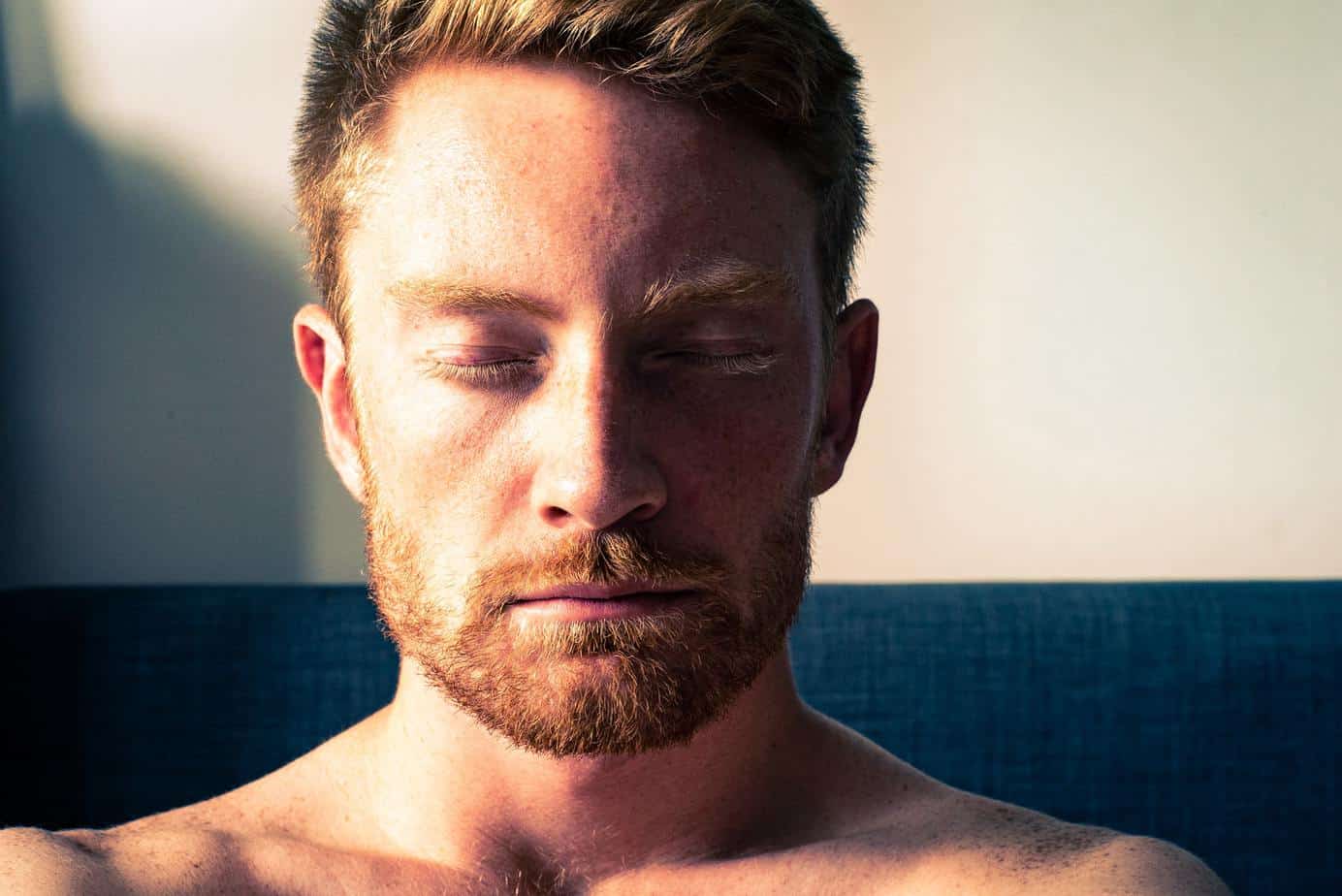The Art of Meditation Breathing for Beginners
It will come as no surprise to you that using the correct techniques during meditation breathing has heaps of benefits that have been proven by science, even beyond the general benefits of Zen Meditation itself. It is the art of practicing mindfulness through a controlled meditation breathing pattern. You will experience the psychological journey of understanding your current surroundings and direct your thought process into the present moment. This is done by breathing in a slow and rhythmic manner while steering your mind to a calmer direction. This art is said to have been propagated through yogis who practiced meditation breathing in the lap of Himalayas. Its value proposition has been promoted and spread across the globe by Buddhist monks. It is believed that Buddha has achieved self-fulfilment and enlightenment by practicing meditation breathing. This article will discuss the importance of this practice, its benefits, and the procedure to get this art right.
OK, so why is the right breathing so important?
There have been a lot of philosophical aspects associated with meditation breathing. It is one of the preferred methods where one can truly discover his or her inner self. The term meditation itself has a self introspective connotation. Its parent word is a Latin term called meditatum that translates into ‘ondering over’. Apart from the psychological benefits presented by meditation breathing, it also contributes towards improving the overall physical health of the body.
Here are some of the physical benefits that show the importance of meditation breathing:
- Improves cardiovascular health
- Increases the lung capacity and thereby improves the stamina of the body
- Helps in regulating blood pressure
- Helps in recovering from mental and physical fatigue
- Helps in improving the functions of central nervous system
Some of the emotional benefits that result from meditation breathing are:
- Helps in remaining calm under pressure
- Helps in prevention or recovery from depression
- Improves mental state of mind
- Increases the positive frame of mind
Now that you know the numerous benefits of mediation breathing, are you willing to try it out yourself? The next segment will deal with how you can perform meditation breathing.
How to breath correctly when meditating
If you’re new to the art of Zen meditation in general, then we suggest you take a look at our complete guide to Zen Meditation first.
It is very easy to perform the breathing exercises but the main challenge lies in meditating and channelizing your mind to the present. Here is a step by step process of how to perform the breathing routine:
- Find a space which has good ventilation. It is important that you have access to an area having proper air circulation.
- Make yourself comfortable in a sitting position. It is said that the best posture to perform meditation breathing is the otus’ posture. You need to place each of your foot over the adjacent thighs and rest your hands on your knees. Your thumb-finger tip and the forefinger tip should be joined.
- Your posture should be firm but it should not be stiff. Just relax and start focussing on your breathing. You do not need to make any extra efforts to change your breathing rhythm. Meditation is all about focussing on yourself by concentrating on your breathing patterns.
- Once you are relaxed and are able to focus, delve deeper into your mind and notice how your body responds. See from where the breathing emanates. Feel the movement of your abdomen, chest, or neck while you are breathing.
- If you see your thoughts meandering to some distant incidents, don’t worry. It is inevitable for the mind to wander away to many thoughts at the same time. Make an attempt to bring your mind to the present, where you are sitting. Try to sense your breathing; the way the air flows in and out of your system.
- Ensure that you are surrounded by silence with no external factors disturbing your meditation.

What are the types of meditation breathing?
There are certain types of meditation breathing which you can try so that you can gain maximum benefits from this art.
- MANTRA BREATHING – Here you need to chant a single word or a specific sound to channelize your focus while continuing to breathe rhythmically.
- PRANAYAMA- This is one of the most potent form of breathing exercises where you need to inhale and exhale the air through the nostrils. This form of meditation breathing aids in improving the lung capacity and increases the stamina.
- OBJECT-FOCUS BREATHING- Here you pick an object and visualize one half of it while inhaling the air and then visualize the other half while exhaling. This will improve your concentration level.
The Do’s and Dont’s of Meditation Breathing
Here are some of the Do’s and Dont’s you can keep in mind while practicing the art of meditation breathing.
- Do not push yourself hard to focus your mind. The entire objective is to relax and calm your nerves. It is alright if your mind wanders to different thoughts. Just relax and redirect your thoughts to the breathing flow.
- Do ensure that you find a well-ventilated and a quiet space to do meditation breathing. It is important that you are not disturbed throughout the process.
- Do not go overboard with your meditation. You can start by meditating for 7 minutes initially and gradually increase it to 15 minutes or 20 minutes.
- Do make it a habit to perform meditation breathing every day.

